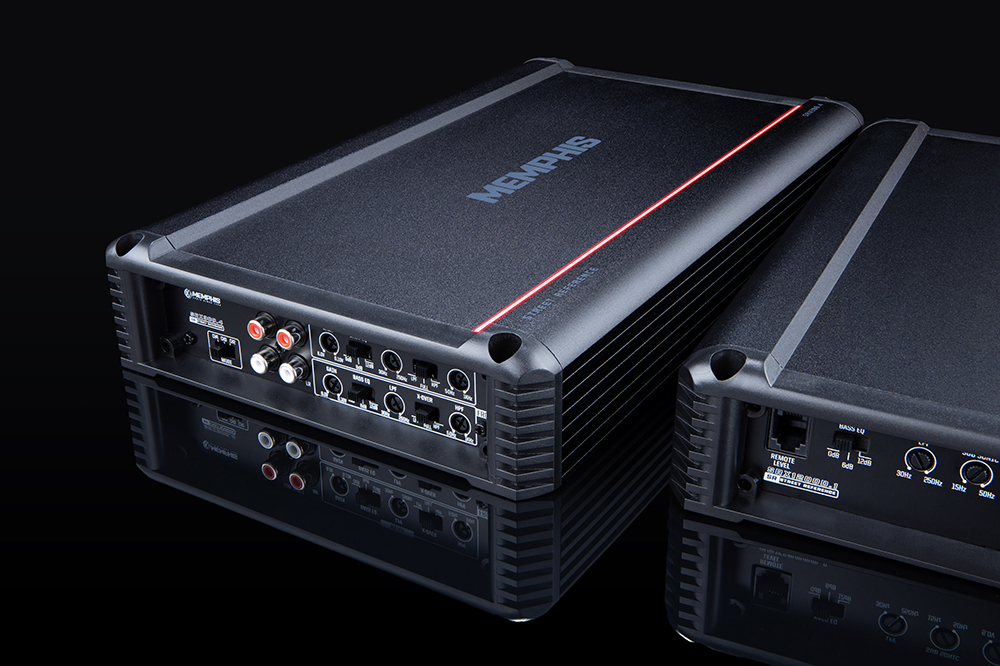

The RIAA playback equalization curve is, therefore, the inverse of this characteristic, with a low-frequency boost starting at 500Hz and leveling off at 50Hz, and a high-frequency cut starting at 75μs.Īllen Wright has pointed out that there is obviously a limit as to how high in frequency the recording boost can prevail,3 and this is generally accepted to be in the neighborhood of 50kHz. To improve signal-to-noise ratio, a high-frequency pre-emphasis is added with an initial time constant of 75μs (approximately 2.12kHz). To ensure that record cutover (where groove amplitude is so large that the cutting stylus blasts through the groove wall) does not occur, the RIAA specifies that all discs cut in the US be equalized with a first-order attenuation of low frequencies below 500Hz, flattening at 50Hz. The net result of this is a 6dB-per-octave rise in groove amplitude towards low frequencies.

In the constant-velocity system, groove amplitude is in inverse proportion to frequency when driven with a constant voltage. This is in contrast to the “constant-amplitude” system, where the groove modulations exhibit constant amplitude with respect to frequency. The modern feedback-coil cutting head operates as a “constant-velocity” device, in which the recorded signal produces a groove modulation with constant velocity with respect to frequency. The process of cutting discs is not a trivial one. Thus, when I needed a new preamp for critical evaluation of other components in early 2001, I began work on the design in this article.įor those unfamiliar with the playback requirements of phonograph records - specifically the long-playing microgroove record (LP) - perhaps a brief overview is in order. Photo 1: The completed 5842 phono preamp.īeing of the persuasion that insists on tubes for highest quality sound, I believed that a vacuum tube implementation of the Borbely RIAA architecture might make a superb-sounding phono stage.


 0 kommentar(er)
0 kommentar(er)
